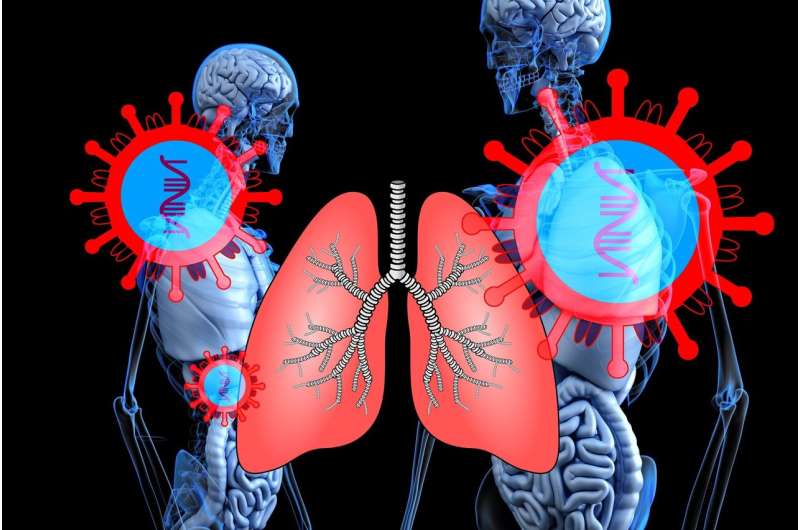Enhanced Pre-Hospital Blood Pressure Monitoring to Prevent Brain Damage in Emergency Cases

Invasive arterial blood pressure monitoring in emergency care offers greater accuracy, potentially preventing brain damage in trauma patients. A recent KSS study highlights its importance for better treatment outcomes.
A groundbreaking study conducted by the Air Ambulance Charity Kent Surrey Sussex (KSS) highlights the significant impact of invasive arterial blood pressure monitoring in emergency pre-hospital care. This method provides highly accurate blood pressure readings, crucial for managing patients with brain injuries, and may play a vital role in preventing secondary brain damage.
Published in the Scandinavian Journal of Trauma, Resuscitation and Emergency Medicine, the research compares the traditional non-invasive arm cuff technique with invasive arterial line monitoring introduced by KSS in February 2022. Accurate blood pressure management is essential for patients suffering from traumatic brain injury or spontaneous intracranial hemorrhage, as fluctuations can lead to further brain harm.
Findings reveal notable discrepancies between the two approaches. The non-invasive cuff often underestimates high blood pressure and overestimates low blood pressure, which can hinder effective treatment. In contrast, invasive arterial lines, commonly used in hospitals, offer superior precision at the scene of the incident, enabling clinicians to tailor interventions more effectively.
Jo Griggs, Head of Research and Innovation at KSS, emphasized the importance of accurate monitoring: "Our results underscore how critical it is to have precise blood pressure data when managing brain injuries. Invasive arterial lines can improve diagnosis accuracy and treatment decisions, ultimately leading to better patient outcomes."
The study involved a team of researchers including Scott Clarke, Rob Greenhalgh, Adam Watts, and others, and confirms that invasive blood pressure monitoring is a valuable tool in emergency medical interventions. This approach supports more targeted treatments and reduces the risk of secondary brain injury.
This innovation aligns with KSS’s commitment to advancing pre-hospital emergency medicine and improving patient care. The adoption of invasive arterial lines in suitable emergency cases promises to enhance clinical decision-making and recovery prospects for brain-injured patients.
Source: https://medicalxpress.com/news/2025-05-arterial-blood-pressure-brain-emergency.html
Stay Updated with Mia's Feed
Get the latest health & wellness insights delivered straight to your inbox.
Related Articles
Innovative Sugar Fingerprint Technique Accelerates Diagnosis of Fungal Infections
A new glycan-based method offers rapid, reliable diagnosis of fungal infections by detecting immune responses to fungal surface sugars, promising faster treatment and better patient outcomes.
Neurons Possess Built-In 'Backup Batteries' to Sustain Brain Function Under Stress
Researchers from Yale have discovered that neurons store glycogen as an internal backup energy source, enabling the brain to maintain function during metabolic stress and hypoxia. This metabolic plasticity offers new insights into neuronal resilience and potential treatments for neurological conditions.
Innovative Immunotherapy Approach Shows Long-Term Benefits in Advanced NSCLC Patients
A groundbreaking viral immunotherapy, CAN-2409, shows significant promise in extending survival for advanced NSCLC patients resistant to standard treatments, highlighting potential for future cancer immunotherapy strategies.
First Detection of West Nile Virus in the UK: What It Means for Public Health
The UK has for the first time detected West Nile virus in mosquitoes, raising awareness about potential future risks as climate change may facilitate its spread. Learn about the virus, transmission, and current risks in the UK.



